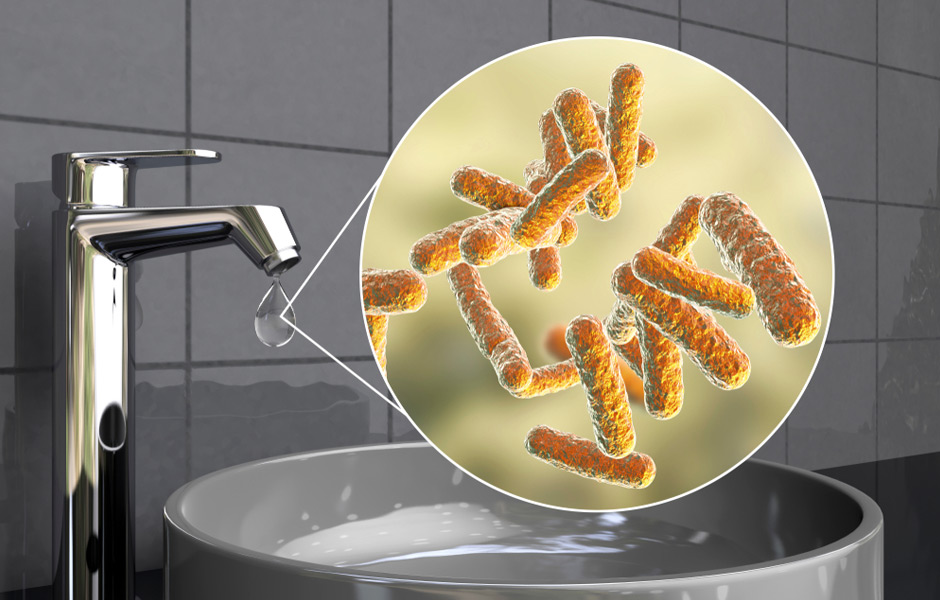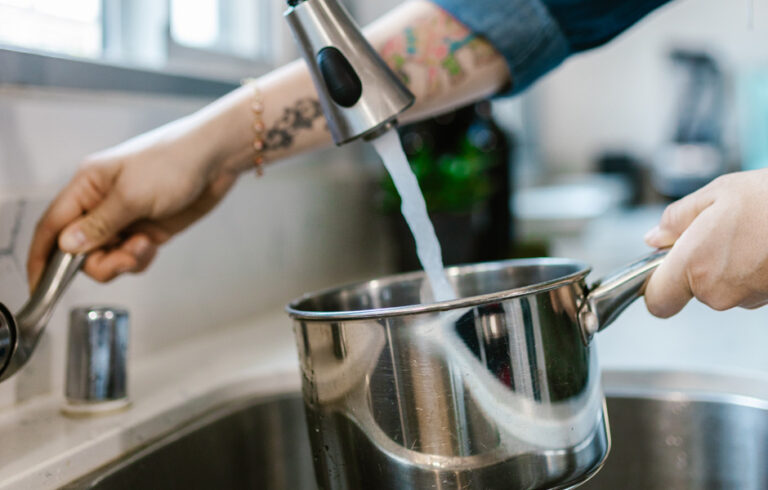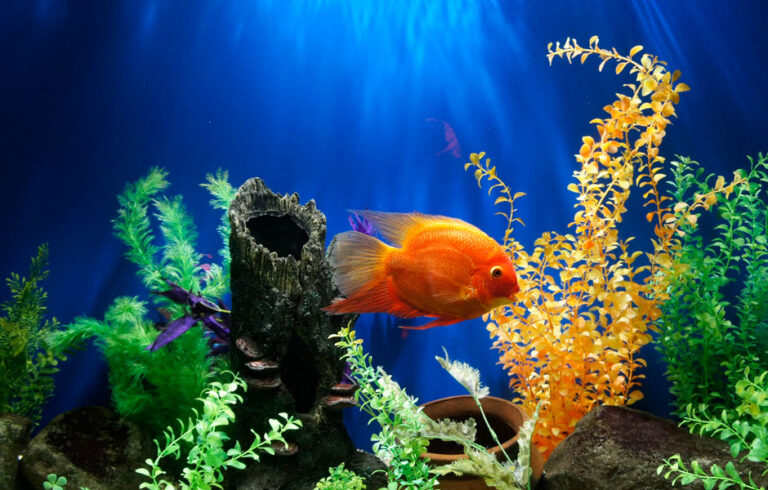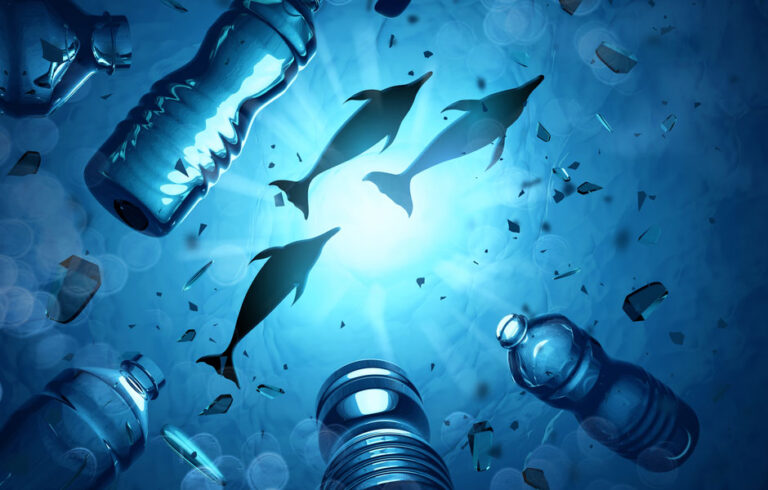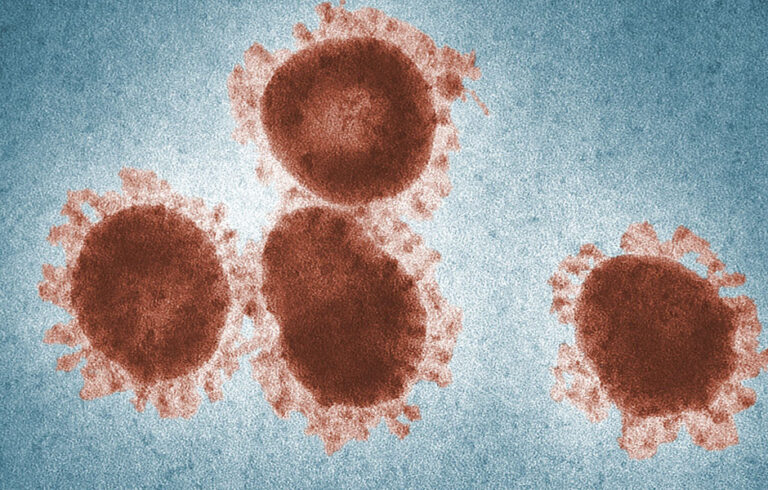It can be a little scary to think about what is in your water. Although United States enjoys the most safest drinking water in the world, yet this is far from being true. There are several instances in the US where tap water contamination has been reported. While this article will not deal with the specifics, I would want to highlight the four common (broad) tap water contaminants that can make their way into your drinking tap water. We will also look at different ways to get rid of these contaminants.
A Quick Summary:
- There are four major types of contaminants: organic, inorganic, biological, and radiological.
- Different types of contaminants can affect the taste and smell of water, as well as have detrimental effects on your health.
- Investing in a water filter can help remove these contaminants from your water, especially RO filters.
Water is one of the most important and fundamental resource available to us. Clean and safe water is a necessity to human life and it can often be hard to find. With recent developments in technology, it has become easier to access clean water. However, there are still many contaminants that can end up in your water. Especially, your tap water is susceptible to have contaminants although it has been treated.
It is very important to know what is in your water and how you can remove these contaminants for safer and cleaner water. Often contaminants are not easily visible or evident, this is dangerous to your health as they can go undetected for extended periods of time.
So, let us take a look at the different types of contaminants that can end up in your water and what you can do to remove them.
Different types of contaminants
There are many different contaminants that can be present in your water, these are generally divided into four broad categories:
- Organic contaminants
- Inorganic contaminants
- Biological contaminants
- Radiological contaminants
Let us take a look at each of them.
Organic contaminants
Organic contaminants are essentially compounds or waste products that are made up of carbon and hydrogen as well as other elements occasionally. These generally appear in the form of pesticides, waste from industries, and domestic waste.
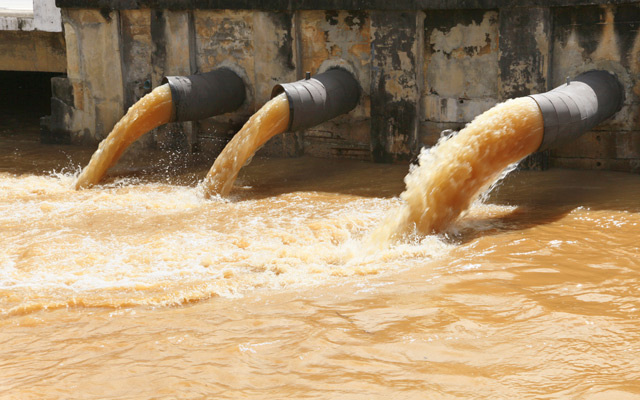
Contamination from organic compounds can result in serious health problems such as cancers, nervous system disorders, and hormonal imbalance. The threat from organic contaminants is however very low as tap water is regulated and treated for these before it is supplied to your homes. It is however important to keep an eye out for any information your city provides in terms of water safety in case there is ever an issue.
Inorganic contaminants
Inorganic contaminants are some of the most common types of contaminants. Their presence can generally be determined through the “hardness” of the water. Hard water occurs when the water has passed through limestone, chalk, or gypsum, which are made up of magnesium, calcium and carbonates, and bicarbonates. These minerals are dissolved within the water and thus make it hard water. Hard water is detrimental to your plumbing pipes and drains. It leaves scaling and can cause pipes to choke up due to the build-up of residue.
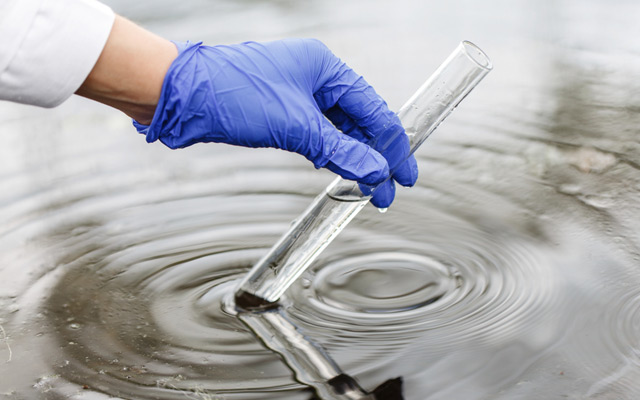
Additionally, there are several other inorganic substances that can contaminate your water such as lead, chlorine, fluoride, arsenic, copper, and many more. These can be harmful to your health and can even be poisonous.
One of the biggest examples of inorganic contaminants is chlorine as it is used in treatment facilities to remove biological contaminants. However, often high levels of chlorine can remain in the water. Not only does this result in your water smelling like a swimming pool but it can also be harmful to your health.
Biological contaminants
Biological contaminants are living organisms that are present in your water. These include bacteria, algae, viruses, and protozoan. Biological contaminants can also be referred to as microbes or microbiological contaminants.
All of these different biological contaminants can cause various issues in the water. As mention earlier, the municipal suppliers of tap water do treat the water for these contaminants. Generally, chlorine is used to get rid of these contaminants.
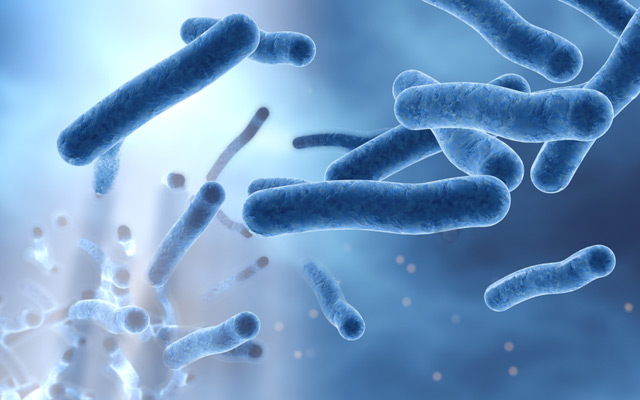
Algae are single-celled and microscopic contaminants; excessive growth of algae not only impacts the taste and odor of water, but they can also clog filters and produce slime on water carriers. This can be a severe issue if pipes carrying tap water end up having the nutrients for algae growth such as mixing of industrial pollution or domestic run-off water. These algae can also release toxins and cause damage to your liver, nervous system, and even the skin.
Similarly, bacteria, viruses, and protozoan can also make their way into the water and cause severe health issues.
Further Reading: Find out how an RO water filter system can get rid of bacteria and viruses from contaminated water.
Radiological contaminants
Radiological contamination occurs from the presence of radioactive elements in the water. These are chemical elements that possess an unbalanced number of neutrons and protons. This means that the atoms of these elements are unstable and emit ionizing radiation.
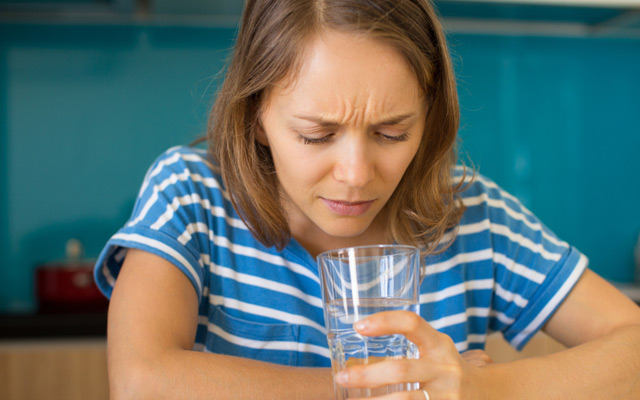
The causes of radioactive elements can be the rocks or soil that the water passes through as well as industrial waste. Some examples of radiological contaminants are plutonium, uranium, and cesium. All types of radiological contamination increase the risk of cancers.
How to get rid of contaminants in your water
Now that you have looked at the different types of contaminants that can be present in your water it can seem a bit scary to consider what you are drinking. However, as mentioned, tap water is treated and cleaned before you receive it in your home. Although that reduces the chances of many of these contaminants ending up in our glass of water, there are still contaminants that make it through. An example of this is the high levels of chlorine which often go undetected.

Additionally, unexpected issues can occur that can go unnoticed for long periods of time, due to a lack of visible signs or issues. Leaks, accidents, and corrosion of pipes and systems can occur causing the contamination of water. It is better to be prepared to deal with any contamination as opposed to waiting for the municipal government to discover and deal with any issues.
So how can you get rid of contaminants in your water? One of the best ways to get rid of unwanted contaminants in your water is to invest in a water filter. Although there are small time fixes and DIYs to make your water taste better, water filters work to remove contaminants from the tap water that is supplied to your homes to ensure you have safe and clean water to drink.
Although there are many different types of water filters available these days, one of the best systems to consider for your home is a RO (reverse osmosis) water filter. RO water filters are effective against not only organic and biological contaminants but also inorganic contaminants as compared to other water filter types.
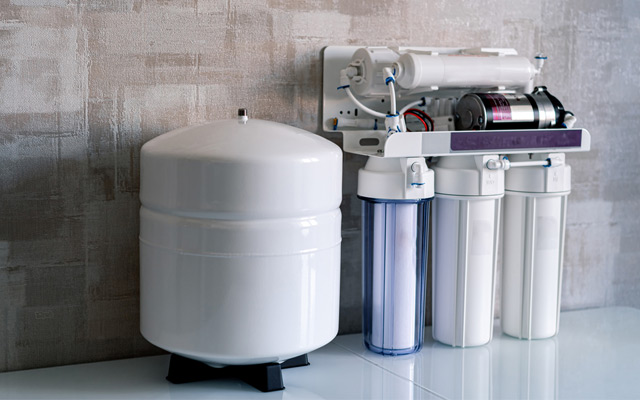
To Sum Up:
Many different types of contaminants can end up in your water. There are four different major categories of these; organic, inorganic, biological, and radiological contaminants. These contaminants can not only affect how water tastes and its odor, but they can also be detrimental to your health. Investing in a water filter is a great way to ensure that your water is safe to drink. RO water systems are a good choice as they are effective against organic and biological contaminants as well as inorganic contaminants.
This article was originally published in Dec-2020 and was last updated in Jan-2023
Author: Sarah Williams
Category: Tap Water
